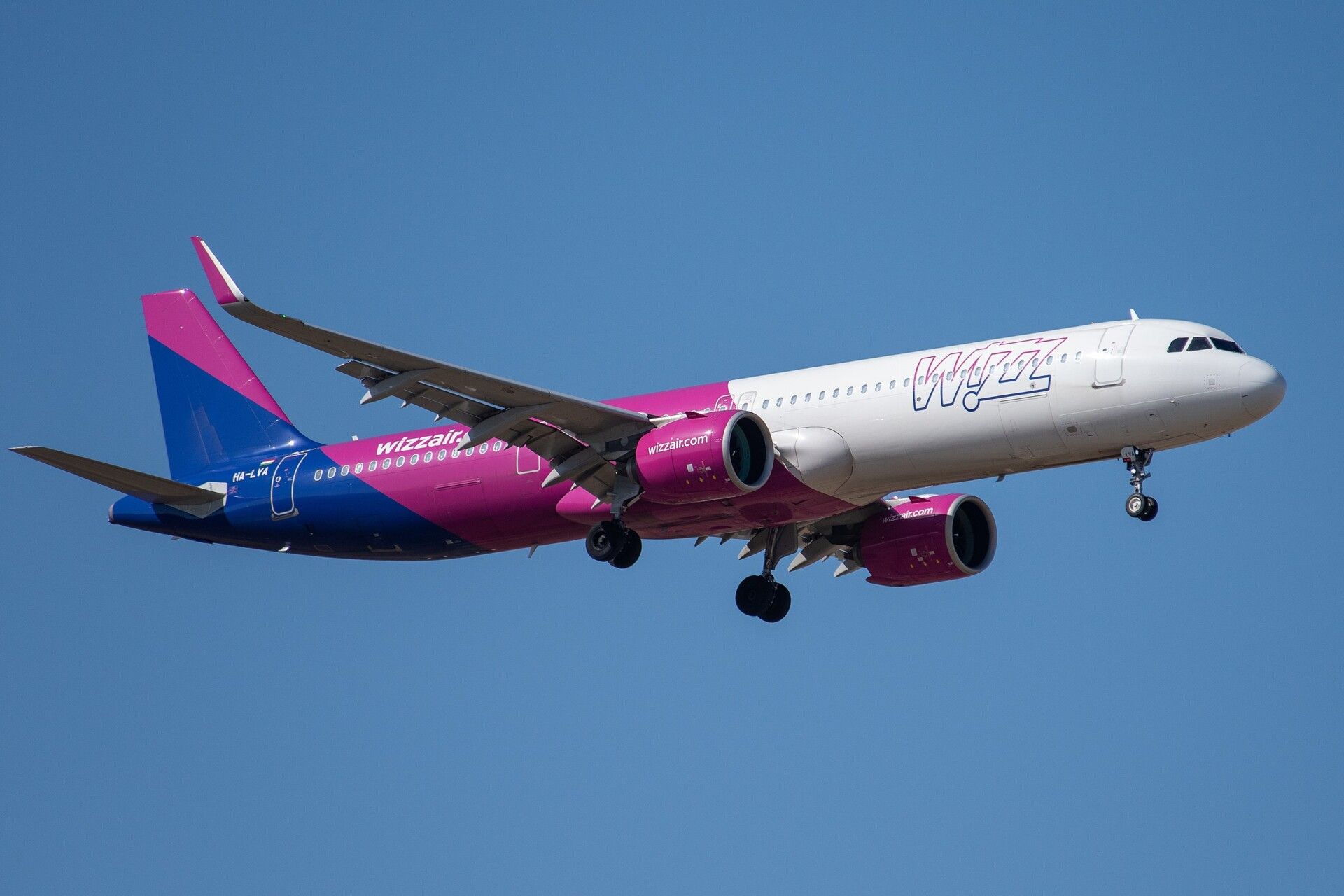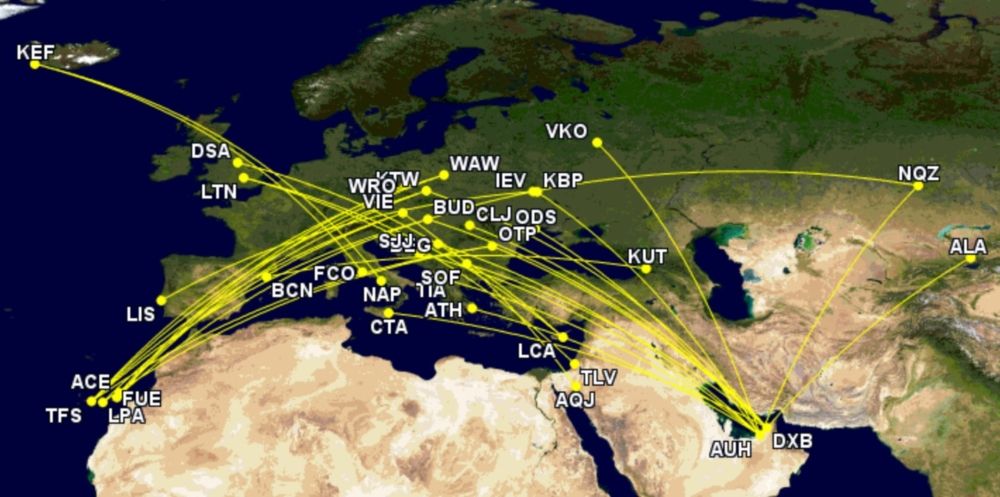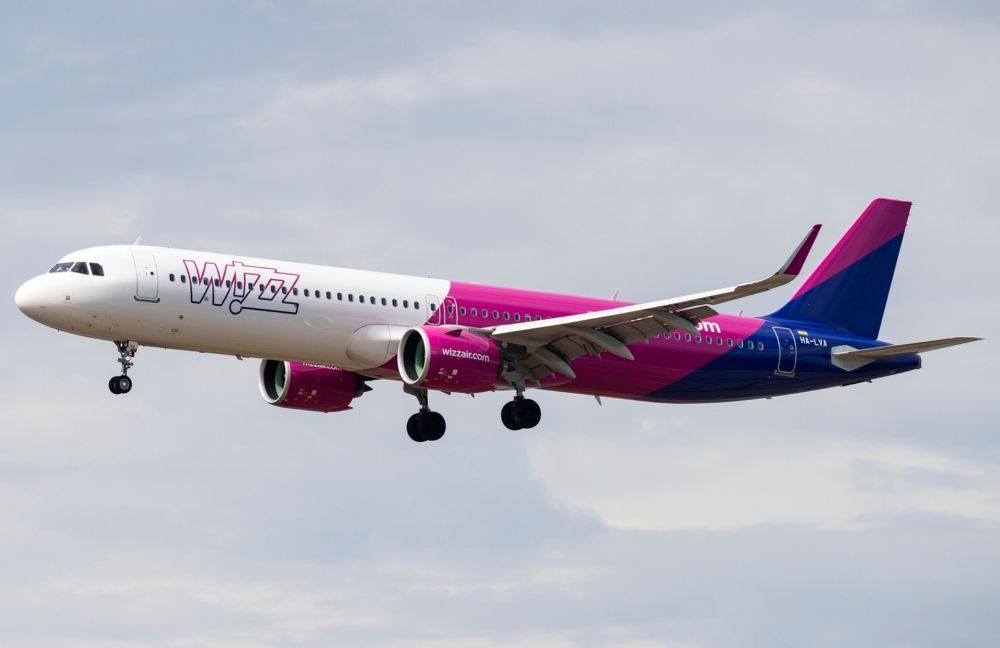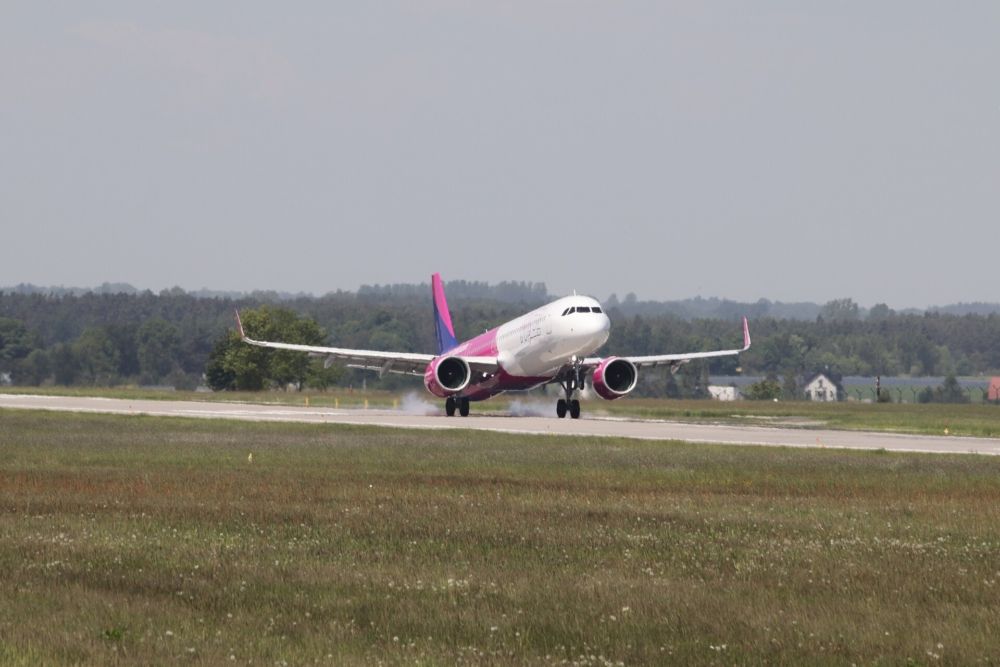The Wizz Air Group is now expecting 47 A321XLRs. Some 27 aircraft were ordered at the Dubai Air Show on top of the 20 previously agreed in 2019. Moreover, additional machines from the carrier's massive A321neo order book may be converted to the long-range variant.
Wizz Air already operates over six hours
Conventional wisdom suggests that routes of one to two hours is the sweet spot for LCCs and ULCCs. It enables more sectors per day, aircraft and crew are more productive, and more passengers can be carried. If it's combined with higher than normal block hours per 24 hours, typically even better.
Of course, one to two hours is average. Indeed, this winter, the three units comprising Wizz Air (Hungary, the UK, and Abu Dhabi) have an average block time of 152 minutes, or about 2.5 hours, according to schedules information from Cirium. That's 14% higher than Ryanair and 22% higher than easyJet.
If time is considered, Wizz Air's longest route this winter is Dubai to Catania, with a block of six hours and 15 minutes. Bucharest to Tenerife South, Warsaw to Tenerife South, Bucharest to Gran Canaria, Dubai to Budapest, and Dubai to Katowice are all over five hours, at least in one direction.
Stay aware: Sign up for my weekly new routes newsletter.
XLRs from Abu Dhabi and new bases?
Speaking at World Routes in October, József Váradi, Wizz Air's co-founder and CEO, said that "we'll go further east [with the XLR]. We won't be going transatlantic." The "go further east" could be interpreted in many ways.
Of course, the A321XLR variant will enable "greater penetration beyond what we can with the A321neo," or there would be no point having it. Routes of seven to eight hours were mentioned, with "joining the dots" crucial.
Váradi also commented on the overall appeal of the Middle East. "It's a very exciting region, and I expect open skies in the GCC [Gulf Cooperation Council nations] in the next ten years." He also said that the airline will have two more units in the next two years.
Where could they fly the XLR?
Unless it is narrowed down geographically, this question is impossible to answer accurately as potential opportunities – and bilateral limitations – are everywhere. However, it seems probable that they'll be used to some degree from Abu Dhabi and new bases that launch with new units.
Perhaps the new units that Váradi mentioned will be created elsewhere in the Middle East (Jordan? Israel? Oman?). Or perhaps in Central Asia (Kazakstan?). Kazakstan is already served by the ULCC and has many decent-sized markets to Europe before being served by non-stop and lower fares.
Oman and the UAE
Subject to bilateral restrictions or the progress of the EU-Oman open skies agreement, the author could see European routes from Muscat and/or Salalah. Oman is very keen to drive tourism and might heavily incentivize to achieve it.
Singling out Salalah, multiple routes have good passenger traffic even before being served non-stop. For example, Munich (which Wizz Air serves through Memmingen) had over 23,000 passengers in 2019 and Frankfurt 18,000.
Then there's the option of unserved routes to the UAE using Abu Dhabi, including Gothenburg, Marseille (unserved by Wizz Air), Toulouse (unserved), Tallinn, Vilnius, Basel, Valencia... Many secondary airport routes to the UAE could be added, such as Eindhoven for wider Amsterdam or Charleroi for the Brussels area.
Where would you like Wizz Air to use the XLR? Share your ideas in the comments.




